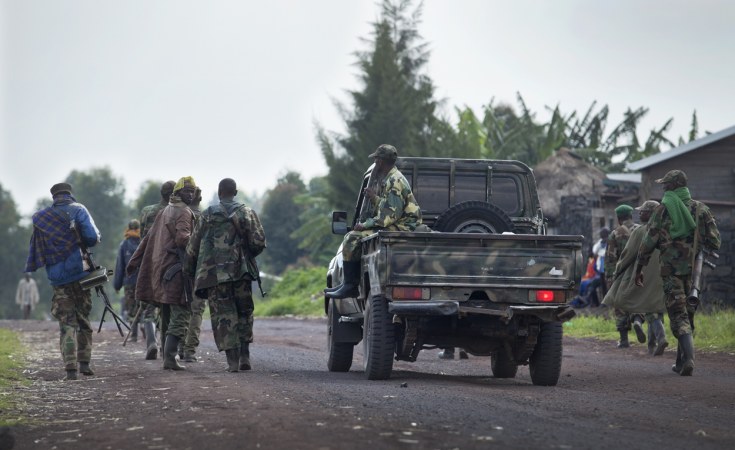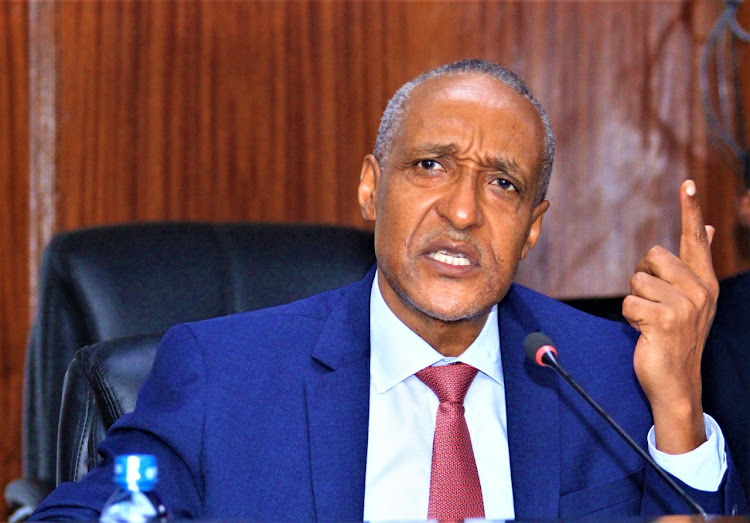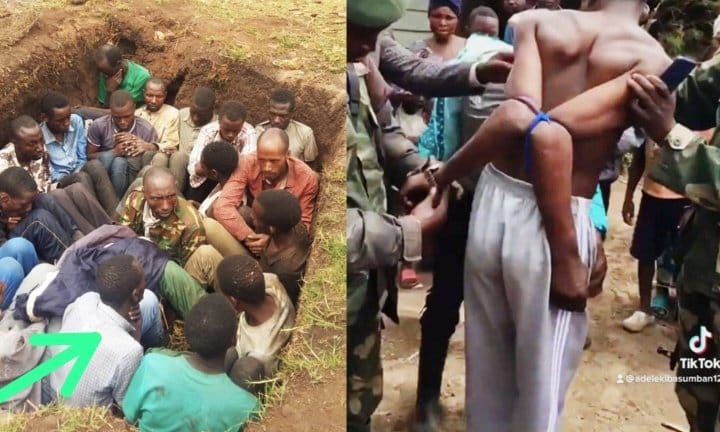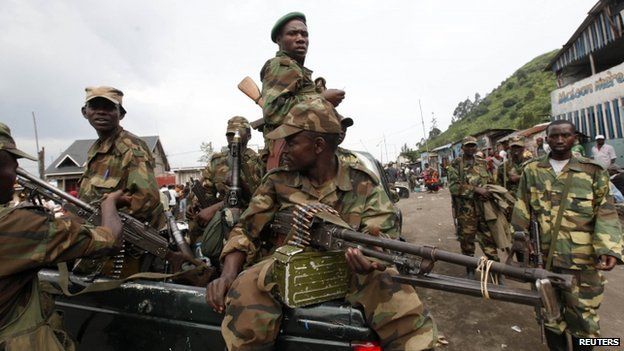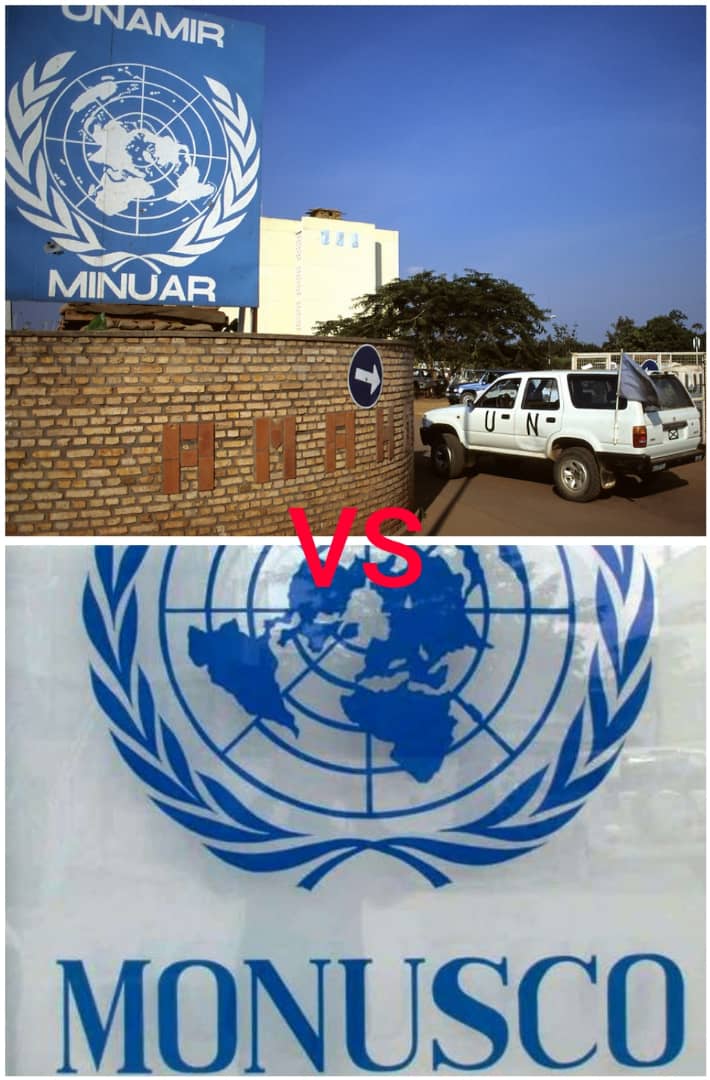Regional
What makes a genocidal militia Kinshasa’s favorite in fighting M23?
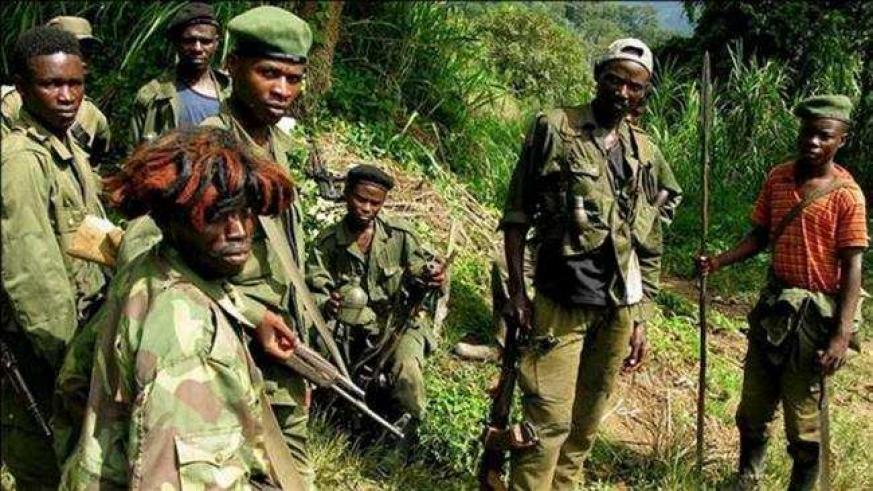
In
2006, British Journalist Chris McGreal visited FDLR headquarters and spoke to
the militiamen. He published, in The Guardian, a story: “We have to kill
Tutsis wherever they are,” following his interviews with them. Chris quoted one
militiaman saying: “It is the Tutsis, those inyenzi (cockroaches), who
are to blame for our predicament, we must kill them. We hate them all. They
stole our country, Rwanda - a Hutu country, and we want them all dead.”
For
a genocide to occur, it is preceded by the dehumanization of the targeted or
victim group which is denied humanity, or reducing to sub-humans before being exterminated.
In
Nazi Germany, Jews were called the inferior race and blamed for all of
Germany’s economic and social problems. Nazi Germany believed the Jews were not
a religious denomination, but a dangerous non-European “race.” Nazi racism
produced murder on an unprecedented scale. Similarly, in Rwanda, derogatory terms such as
‘inyenzi’ or cockroach, ‘inzoka’ or snake, played a major role in
laying the social groundwork for the Genocide of the Tutsi in 1994. The Genocide
was preceded by an increase in the use of anti-Tutsi derogatory terms among the
Hutu. As these linguistic practices evolved, the terms became more openly and
directly aimed at Tutsi. During the 100 days of the genocide, derogatory terms
and coded euphemisms were used to direct killers to their victims.
In
the years leading up to the 1994 Genocide against the Tutsi, Habyarimana’s
government used its propaganda machinery to spread bigotry and hatred of the
Tutsi, who were called inyenzi. Such derogatory terms became ingrained
in the public sphere.
Rwanda
has, for several months now, accused the Congolese armed forces of cooperating
with the FDLR in the ongoing conflict with M23 rebels.
A Human Rights Watch report published on October 18 pins
the Democratic Republic of Congo army (FADRC) on supplying arms and ammunitions
to the FDLR terror group.
The report also states that between May and August, the
Congolese army with a coalition of Congolese militia as well as the FDLR,
fought against M23 rebels in North Kivu province. As noted, Congolese army
officers provided the armed groups with direct support.
The Congolese
army’s choice of using the Rwandan genocidal forces to fight M23 is part of a genocide
agenda.
After
the 1994 Genocide against the Tutsi, the perpetrators, including members of the
Forces Armées Rwandaise (FAR), the genocidal regime’s army, fled to Zaire, now
DRC, where they regrouped to plot their return to Rwanda. They were welcomed
and, instead of being disarmed, given more arms. The choice of the Rwandan genocidal
government to flee to Zaire was not by accident.
The
then President of Zaire, Mobutu Sese Seko, had close ties with the former President
of Rwanda, Juvenal Habyarimana. When the Rwanda Patriotic Front (RPF) launched its
liberation campaign, Mobutu was the first to support Habyarimana, sending
members of his elite protection unit to help fight Rwandans who were returning
home. Mobutu offered his private ranches in Walikale to Habyarimana. Members of
Habyarimana’s inner circle owned farms in eastern Zaire.
After
committing genocide in Rwanda the defeated genocidal government fled. In Zaire,
the genocidal forces brought lots of arms and ammunitions with them. They had
some ‘unfinished business’ back home in Rwanda. Their primary objective was to
prepare for the invasion of Rwanda and to finish the genocide that they had
started and not completed. They quickly began making incursions into Rwanda
from North Kivu, in late 1994, and intensified their campaign in 1995.
Worse
still, they also attacked the Tutsi inside their host nation, forcing them to
flee to neighboring countries. For two years, the genocidaires freely operated and
trained from massive refugee camps established by the UNHCR in North and South
Kivu provinces. In Kigali, the new government repeatedly complained to the
international community about this development, to no avail.
With
the arrival of a million Rwandan refugees in eastern Zaire, by July 1994, many
rural areas became uninhabitable for Congolese Tutsi. Tens of thousands fled to
Goma and Rwanda, losing their properties and livestocks. Hundreds were killed.
On
May 12, 1996, Interahamwe militia attacked Mokoto monastery in Masisi
territory, where hundreds of the Tutsi who had sought refuge there were killed.
Interahamwe, a paramilitary organization, was formed around 1990 as
the youth wing of the National Republican Movement for Democracy
and Development (MRND), the then-ruling party of Rwanda. The militia enjoyed
the backing of the Hutu Power government and its members were the
main perpetrators of the 1994 genocide.
When
Interahamwe militia and ex-FAR arrived in North and South Kivu provinces, in
1994, they brought the notion that the “solution” to the many complex problems
of the region lay in killing all the Tutsi.
The
Interahamwe easily convinced Congolese Hutu in North Kivu, who already had
close ties with Habyarimana’s government through the Farmers Movement of
Virunga (MAGRIVI), an agriculture cooperative,
to buy into their genocidal agenda.
The
arrival of Interahamwe in Zaire was a spark as tension had been brewing for
some time.
Habyarimana
had spread, everywhere in the region, the idea that the Tutsi are domineering. Therefore,
when Interahamwe and the defeated Rwandan genocidal government army were
welcomed in into the Kivus, the Tutsi there had to flee.
Before
the arrival of the Rwandan genocidal forces in North Kivu and South Kivu, no
Tutsi had been killed or forced to abandon their property. Things changed with
the sudden arrival of Interahamwe militia other Rwandan genocidal forces. The genocidaires,
sought above all, to mobilise the Congolese Hutu who they regarded as their
natural allies – through family links, ethnic solidarity and cultural ties.
The massive inflow of refugees into Zaire in
1994 followed a series of bloody clashes between the Hutu and Hunde
communities. The Interahamwe took advantage and quickly offered Congolese Hutu
weapons, manpower and training facilities.
The Interahamwe
then resumed the campaign they had started in Rwanda. They preached hatred; depicted
the Tutsi as arrogant, merciless, and rootless foreigners who had established a
monarchy in Rwanda and were plotting for the so-called balkanization project in
DRC.
In
North and South Kivu, Congolese Tutsi resisted and fought to protect their
families. They joined various groups so as to fight for their survival.
Presently,
government troops are fighting M23, using the FDLR because, ideologically,
their mission is to kill all Tutsi. Every time such an opportunity was
presented, the FDLR, a force of genocide fugitives who grew up embracing the genocide
ideology, quickly understood their mission.
By
using FDLR to fight a section of Congolese citizens who are fighting for their
rights, President Félix Tshisekedi is duping himself.
No
Congolese leader ever succeeded by allying with genocidal forces.


